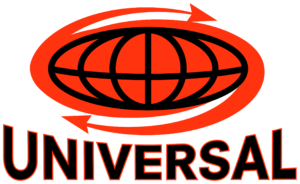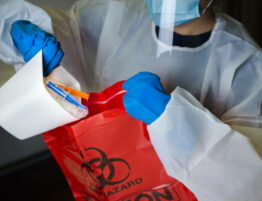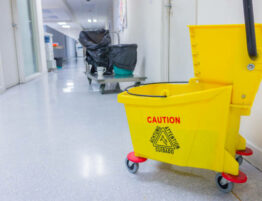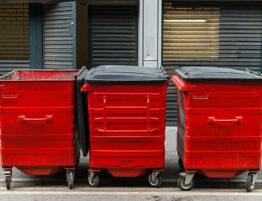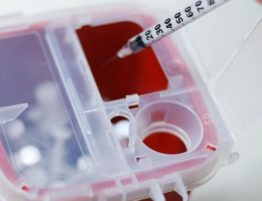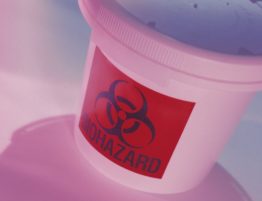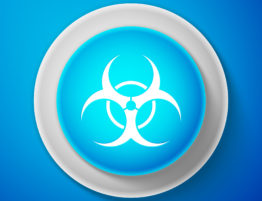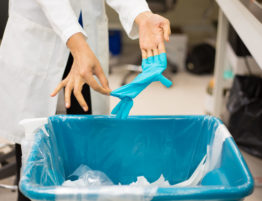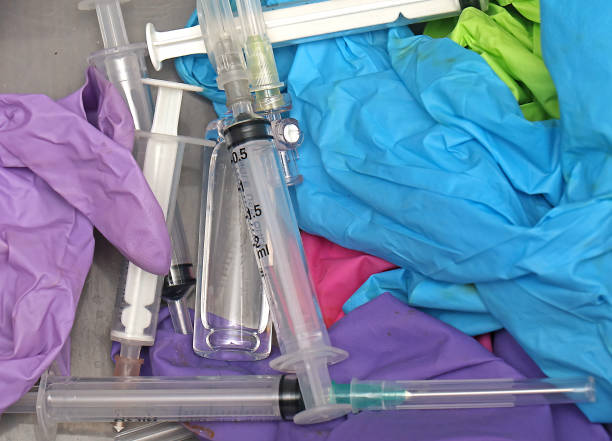
Patient safety is the top priority when it comes to healthcare. But amid the admirable goal of healing, a serious problem frequently remains hidden: medical waste. The ecology and public health are at risk from this subtle but dangerous menace. One kind of medical waste sticks out among the many others as being the most prevalent, having a lasting impact on the healthcare industry. Now that we understand medical waste better, let’s look at its most common form.
Most Common Medical Waste
Medical waste is a wide range of materials produced during an animal or human diagnosis, treatment, or vaccination. A necessary consequence of providing healthcare is creating medical waste, which occurs at clinics, hospitals, labs, and pharmacies. Out of all these many kinds, one kind is the most common: Sharps Waste.
Sharps Waste
One of the most prevalent and dangerous types of medical waste found in healthcare facilities across the globe is sharps waste. Sharp edges or points that can cut or pierce define this category, which includes a broad range of objects like broken glass, syringes, lancets, scalpels, and needles. These instruments, which are essential to patient care and used in various medical procedures, carry a high risk of misuse or incorrect disposal.
Sharps waste is common, which emphasizes its crucial role in healthcare provision. Sharp objects are used in many medical procedures, such as blood draws and drug administration. As a result, medical facilities produce large amounts of sharps trash daily, which adds to the general problem of managing medical waste.
Sharp waste disposal is essential, but doing it incorrectly can have serious repercussions. In addition to the obvious danger of harm, contaminated needles and other sharp items can expose users to bloodborne infections, including HIV and hepatitis B and C. In addition to endangering healthcare personnel’s safety, accidental needlestick injuries can also endanger patients and the general public.
Additionally, there are risks to public health and the environment when sharps waste is improperly disposed of. If discarded needles and syringes end up in landfills or waterways, waste management personnel run the danger of suffering needlestick injuries. In addition, improper handling of these materials can contribute to the spread of infectious illnesses.
Handling sharps waste effectively is essential to reduce these dangers and protect the environment and public health. Comprehensive plans for the safe handling, containment, and disposal of sharps waste must be put in place by healthcare facilities. This entails following set protocols and laws controlling medical waste disposal, using puncture-resistant containers, and labeling products.
Like medical waste, you may also like to read about e-waste.
New waste management techniques and technologies have emerged in response to the problems with sharps waste in recent years. The likelihood of needlestick injuries has decreased, and healthcare workers’ safety has improved with the advent of safety-engineered equipment such as retractable needles and needleless syringe systems.
Additionally, programs like needle exchanges and community collection sites that encourage the safe disposal of sharps waste have been successful in lowering the incorrect disposal of syringes and needles in the community. A key factor in encouraging appropriate waste management practices and lowering the frequency of injuries and exposures caused by sharp objects is the implementation of education and awareness programs aimed at patients, healthcare professionals, and the general public.
Infectious Waste
Apart from sharps trash, other types of medical waste also need to be taken seriously because of their possible effects on the environment and public health. Inappropriate handling and disposal of infectious waste, such as tissues, swabs, and cultures, increases the risk of microbial contamination and spreading infectious illnesses. If released into the environment, hazardous chemical waste—such as outdated prescription drugs and disinfectants—can hurt ecosystems and public health.
Biomedical Waste
Human tissues, organs, and bodily fluids are examples of biomedical waste that must be handled and disposed of carefully to stop the spread of contagious illnesses and comply with legal regulations. Because radioactive waste can expose people to radiation if it is not stored safely and securely, it creates special obstacles for diagnosis and treatment.
Conclusion
Even though there are many different types of medical waste, sharps waste is the most prevalent type in healthcare environments. Because sharps waste is so common, it’s critical to implement efficient waste management techniques to reduce dangers and safeguard the environment and public health. Healthcare facilities may lessen the effects of medical waste and make the world a safer and healthier place for everyone by encouraging appropriate waste handling, disposal, and recycling practices.
